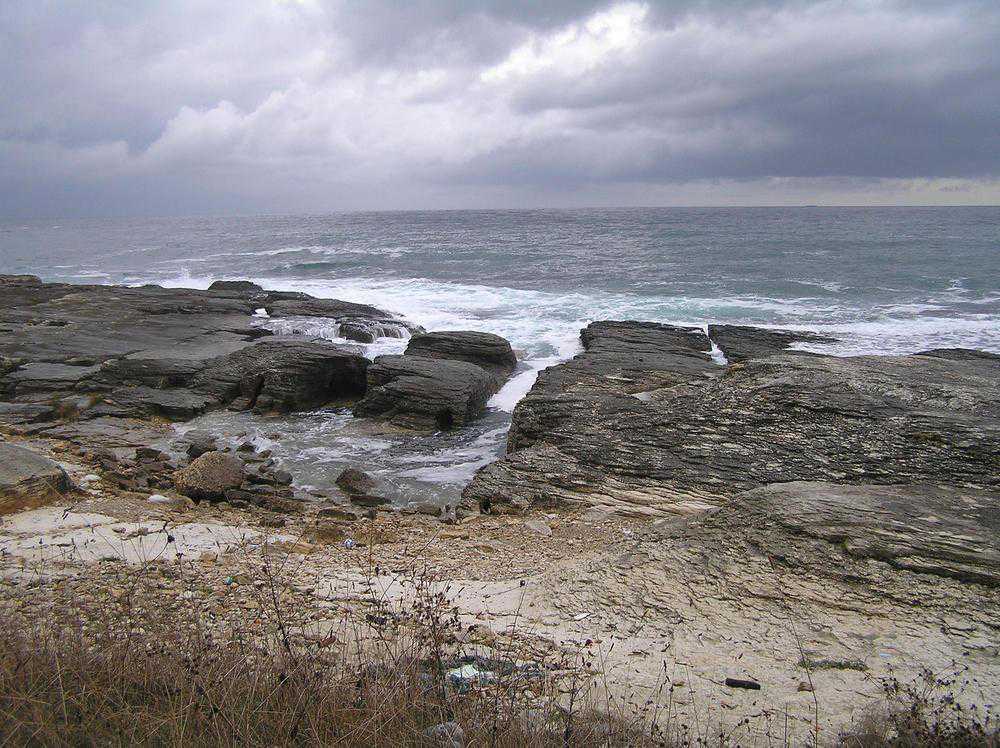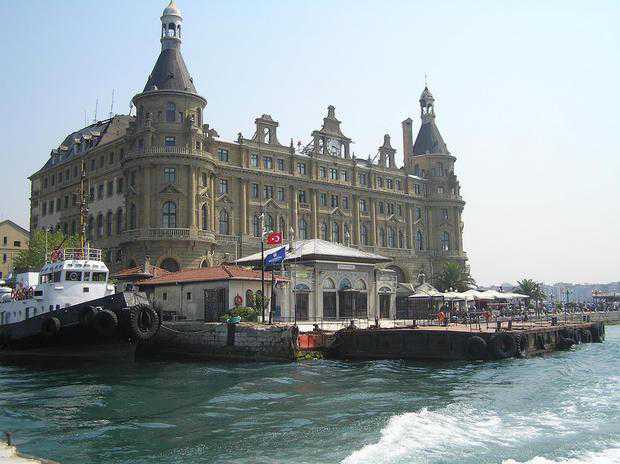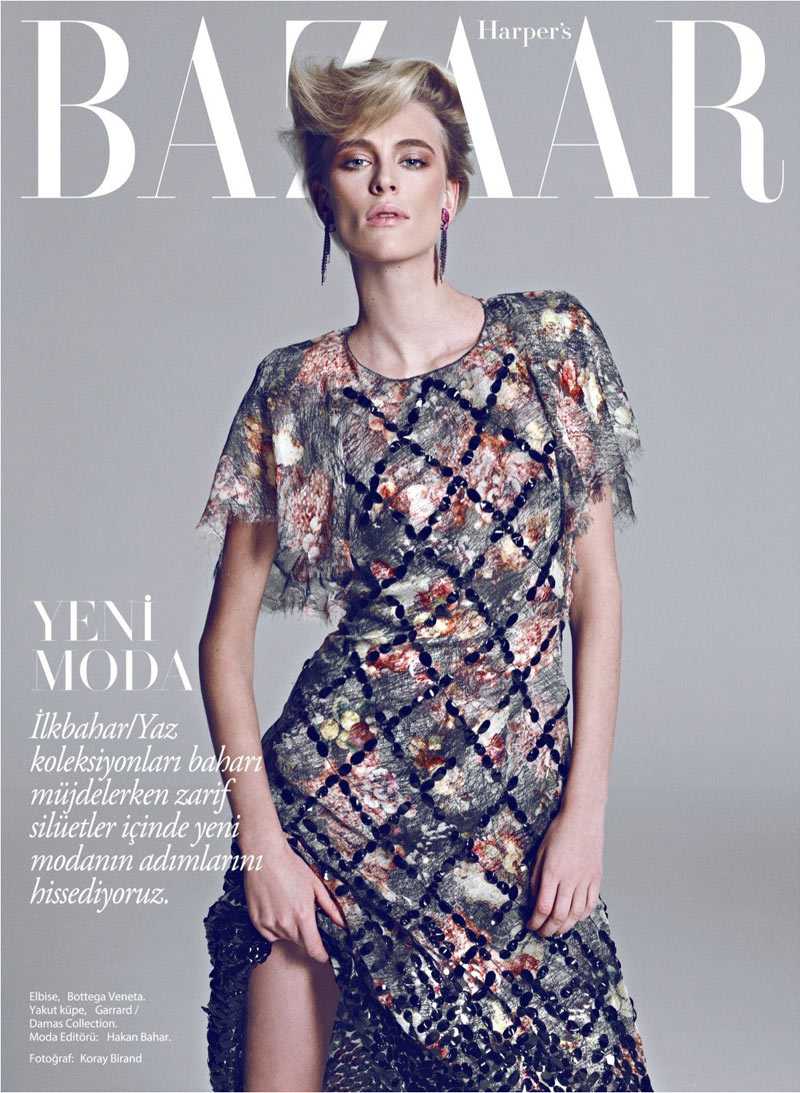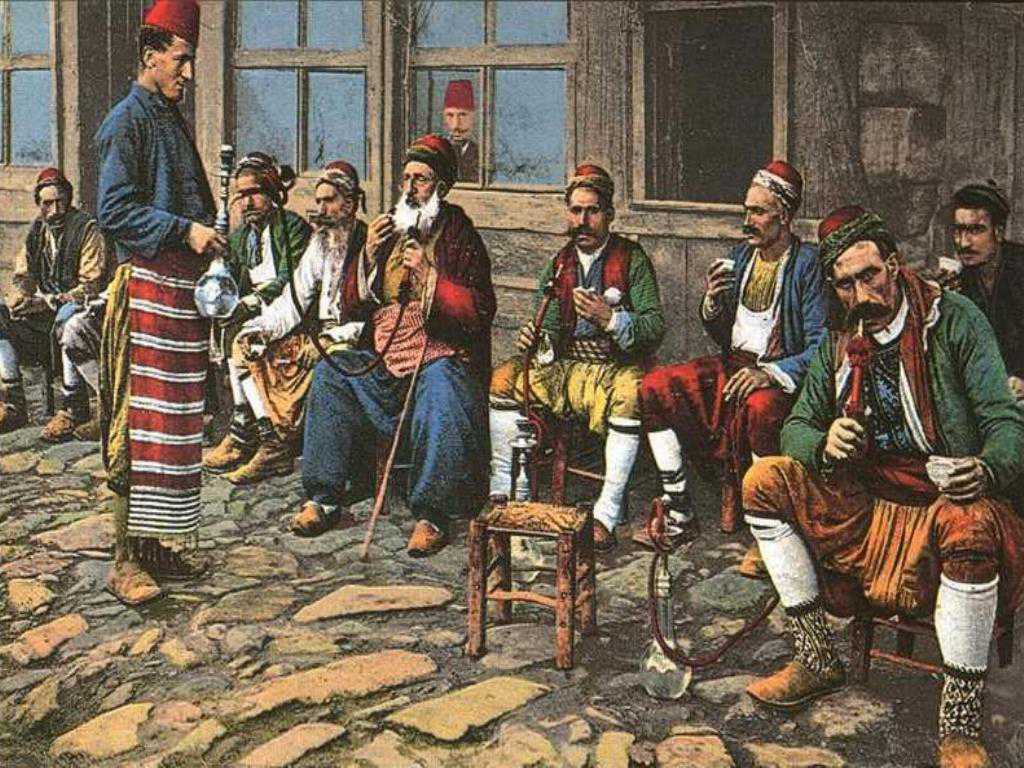Kandira – Turkey’s long northern border with the Black Sea witnesses many storms. At Kandira, pink rocks line a cliffy shore with offshore islands and sheltered bays. Explore this place on one stormy day.
 Pembe Kayalar, or Pink Rocks, is a series of cliffs that line the rugged coastline of Kandira in Kocaeli province, about two hour’s drive northeast of Istanbul. Wild storms sweep down from Russia, on the other side of the Black Sea, and cause hazards for boats and swimmers. Every year ships sink and people drown off this coast. High waves pound cliffs and rocky islands, calmed only by sheltered bays where towns sleep during the off season but team with tourists in summers. If you take a drive to Kandira in October, you are sure to find yourself trapped in an autumn storm.
Pembe Kayalar, or Pink Rocks, is a series of cliffs that line the rugged coastline of Kandira in Kocaeli province, about two hour’s drive northeast of Istanbul. Wild storms sweep down from Russia, on the other side of the Black Sea, and cause hazards for boats and swimmers. Every year ships sink and people drown off this coast. High waves pound cliffs and rocky islands, calmed only by sheltered bays where towns sleep during the off season but team with tourists in summers. If you take a drive to Kandira in October, you are sure to find yourself trapped in an autumn storm.
I went to Kandira with some of my Turkish students who were learning English. It took less than an hour to drive northward from Izmit. When we arrived, sun was shining through gray clouds. I got out of the van and walked along the cliff tops, taking photos of pinkish rocks, coves, and distant islands. I wandered toward a far-off bay as the clouds turned dark and menacing. Suddenly, a storm descended on me, and I understood why people call this sea Black. Waves swept against rocks as wind pushed me. Rain poured down so hard on my face that I could not see where I was going. Mud became currents at my feet, slippery against the rocks.
It was powerful and invigorating and a little dangerous as I walked along the cliff tops. A man herding cows toward their home waved at me to take cover. My students finally found me, headed back toward the van. I had wandered far as I often do on my walks, wanting to see the next curve of the coastline and catch it in my camera’s lens.
“We thought you fell off a cliff!” one of my students exclaimed as she walked toward me.
“We called the local police and reported you missing,” another reported.
“But I was gone only for an hour,” I replied, so soaked that even my leather jacket hung wet and heavy about me. I reached for my glasses and found them broken from being shoved into my pocket. I pulled my camera from my other pocket. It, too, was soaked and would never work again.
“Oh, well,” I said, holding up the broken camera and taking one squeaky step forward in my drenched sneakers. “It was an adventure! One day, I’ll buy a waterproof camera.”
And so I did.
via Photo Essay: A stormy day at Turkey’s Black Sea (Includes first-hand account).
more :





